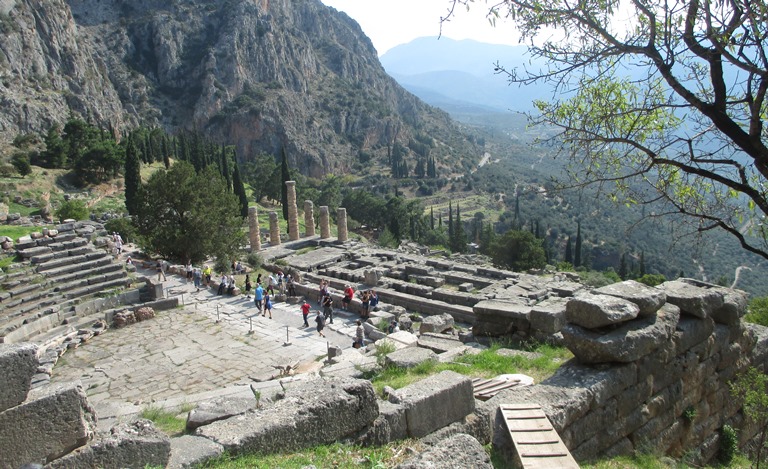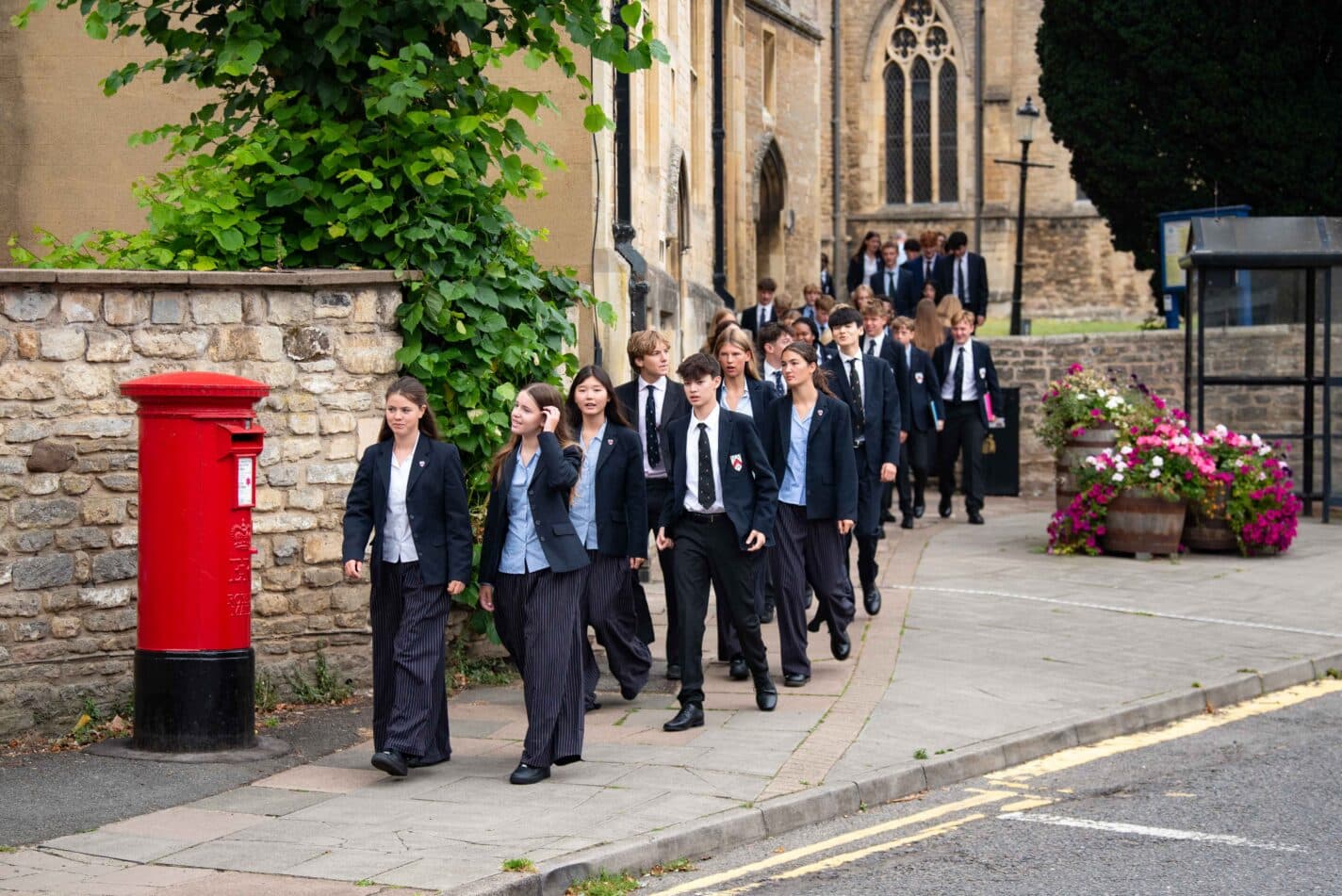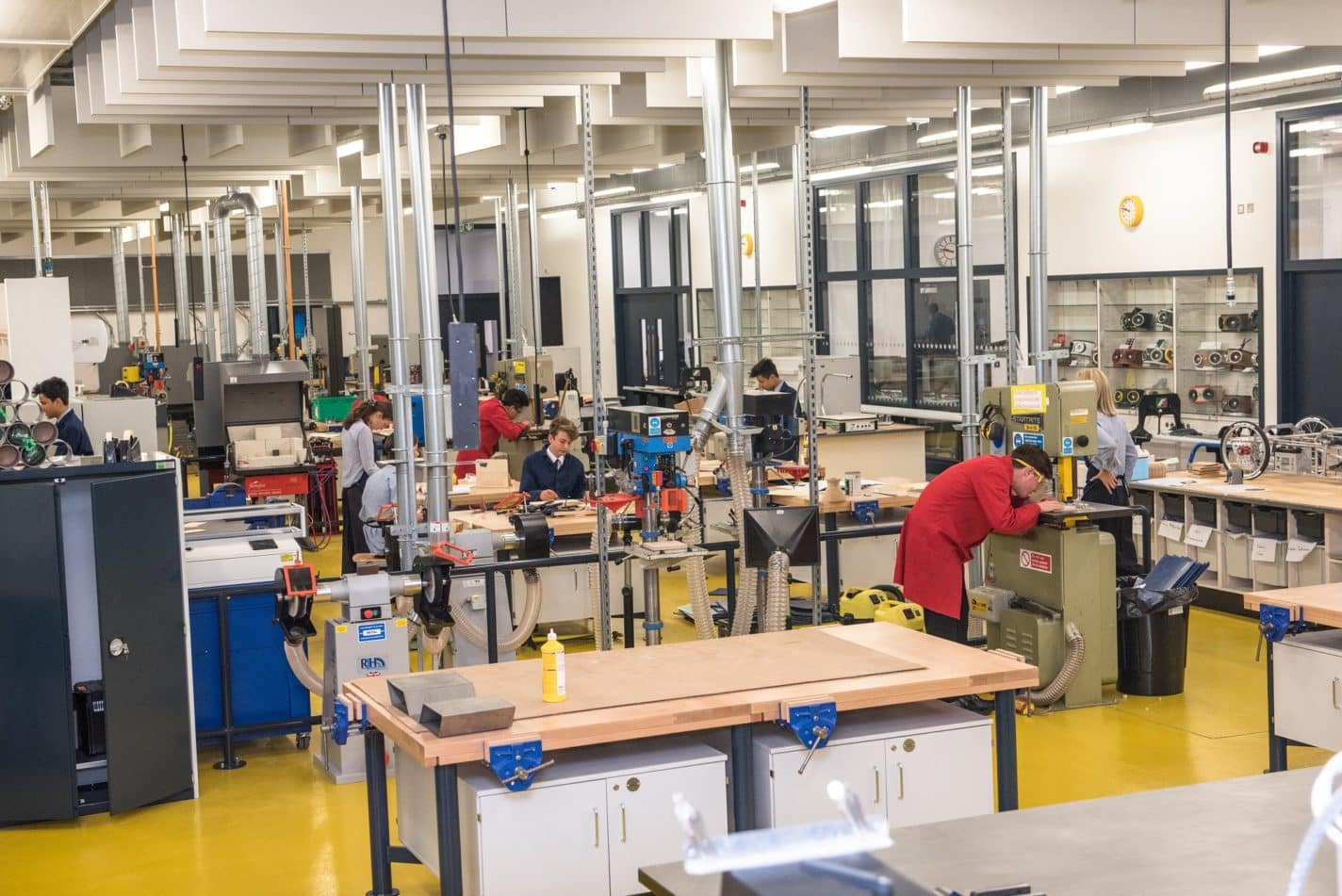Eleven Fourth Formers and eleven Sixth Formers had a somewhat sleepy 2am start for Heathrow to begin a mammoth tour of the classical sites of Greece during Half Term. With an itinerary based largely on the theatre and religion modules of the A level Classical Civilisation course, we started off at the oldest known stone theatre at Thorikos before driving down to the southernmost tip of Attica and the Temple of Poseidon at Sounion. This was a breath-takingly beautiful site and a great introduction to temple architecture.

The next day in Athens saw us at the Agora, exploring the Temple of Hephaistos, and then at the hearth of democracy, the Pnyx, to enjoy its outstanding view across to the Acropolis, with many stops for ice cream along the way. One of many long coach drives took us to what was for many, the highlight of the trip, the Sanctuary of Apollo at Delphi. Our hotel there clung to the cliff, and the views across to the Gulf of Corinth were amazing. Miss Hodgson’s Oedipus was easily heard by all in the theatre, and the sculptures in the museum fully lived up to expectations.
 Matteo Torriati and Ben Groom excelled on the Olympic track, and we saw the wonderful pediments which once stood over this centre of athletic prowess. Saturday was a very early start, but it guaranteed an empty theatre at Epidauros, and every pupil was stunned by the acoustic effects when standing at the centre of the orchestra to practice Medea’s verbal attack on Jason, which could be heard at every level.
Matteo Torriati and Ben Groom excelled on the Olympic track, and we saw the wonderful pediments which once stood over this centre of athletic prowess. Saturday was a very early start, but it guaranteed an empty theatre at Epidauros, and every pupil was stunned by the acoustic effects when standing at the centre of the orchestra to practice Medea’s verbal attack on Jason, which could be heard at every level.







